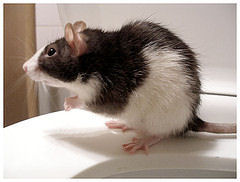Fri 29 Sep 2006
Cosmic Rays and the Cygnus Mystery
Posted by Marcus under Science, The Universe
No Comments
Since the discovery in the 1920s that all types of radiation can cause gene mutations, scientists have wondered what role high energy cosmic rays might play in human evolution. Yet it was an idea destined never to find favour among geneticists, who could determine no hard evidence that the background flux of cosmic rays might have had any noticeable effect on human cell mutation.
All this is about to change, as an examination of ice cores extracted from sites in Antarctica and Greenland provides new information on the level of cosmic rays reaching Earth in past ages.
When so-called “primary” cosmic rays hit the upper atmosphere they generally break up to produce a plethora of “secondary” particles that form isotopes, which fall to Earth and are preserved each year in layers of ice. One such isotope is beryllium 10, found within the ice cores, which provides clear evidence that on three occasions over the past 100,000 years � around (more…)

 Well, this same fellow also did a similar experiment with rats! He developed two colonies; one about as friendly as you can imagine, and the other colony a clan of uber-rodents that are more vicious than those in
Well, this same fellow also did a similar experiment with rats! He developed two colonies; one about as friendly as you can imagine, and the other colony a clan of uber-rodents that are more vicious than those in 